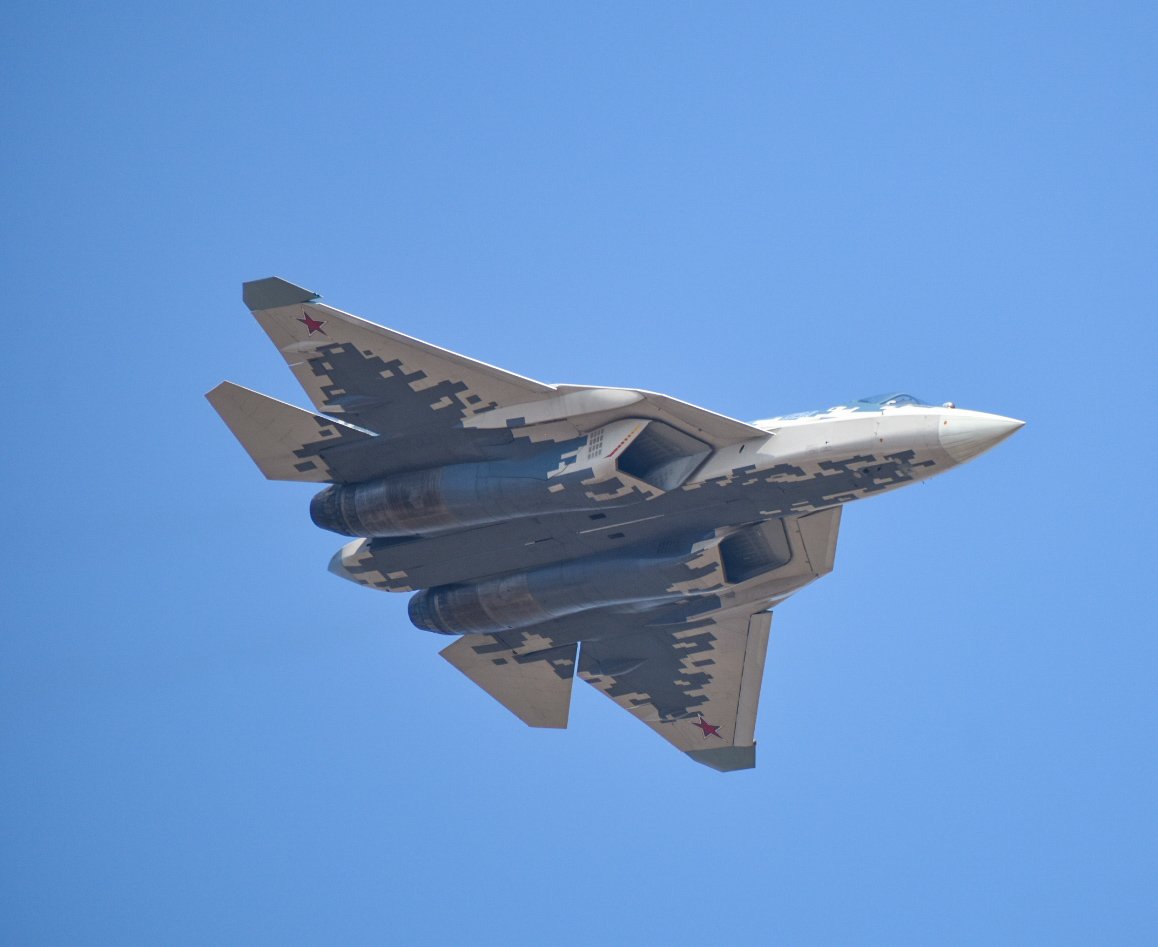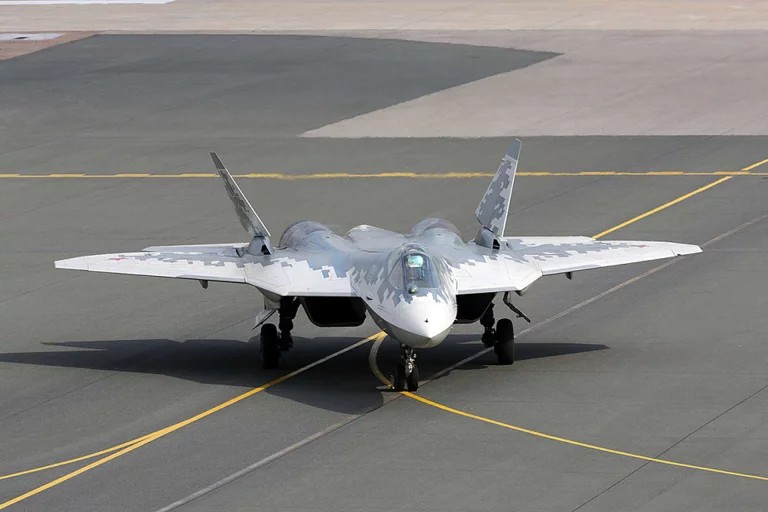Russia’s Su-57M1 Breaks Cover — Next-Gen Stealth, AI, and Loyal Wingman Warfare
The Su-57M1, dubbed the “Felon” by NATO, stands as a formidable evolution of the original Su-57 platform, an aircraft that has long embodied Moscow’s answer to Western stealth fighters like the F-22 Raptor and F-35 Lightning II.
On 15 May 2025, Russia’s United Aircraft Corporation (UAC), through its famed Sukhoi Design Bureau, officially lifted the veil on the upgraded Su-57M1 — a significant milestone that signals Moscow’s determination to stake a stronger claim in the fifth-generation fighter arena.
Unveiled by veteran test pilot Sergei Bogdan at a high-profile presentation in Moscow, the Su-57M1 showcases a raft of cutting-edge enhancements designed to secure Russia’s competitive edge in air superiority, precision strike, and future drone-centric warfare.
The Su-57M1, dubbed the “Felon” by NATO, stands as a formidable evolution of the original Su-57 platform, an aircraft that has long embodied Moscow’s answer to Western stealth fighters like the F-22 Raptor and F-35 Lightning II.
At its core, the Su-57M1 combines an optimised stealth airframe, next-generation engines, integrated artificial intelligence, and the capability to coordinate with unmanned wingmen — a critical facet of future kill-chain resilience in contested airspace.
Measuring around 14.8 metres in length with a wingspan of 9.8 metres and a height of 4.6 metres, the Su-57M1’s reprofiled airframe employs extensive composite materials including advanced polymer, aluminium honeycomb, and carbon-fibre structures.
This deliberate focus on weight reduction and radar cross-section management is intended to strike a practical balance between stealth and aerodynamic performance.
Unlike the F-22’s extremely low RCS, estimated at an astonishing 0.0001 m², the Su-57M1’s RCS is believed to be in the 0.1–1 m² range, a trade-off that prioritises agility and payload flexibility for Russia’s vast operational environment.

Internally, the aircraft’s wing-root weapon bays and underbelly compartments conceal key munitions, while external hardpoints can be fitted when low observability is not mission-critical — an option particularly useful for high-intensity strike sorties across wide frontlines, such as those currently playing out in Ukraine.
🚀 Next-Gen Powerplant: Izdeliye 30 Engine and Supercruise Capability
Powering the Felon is the new Saturn AL-51F1 engine, also known as Izdeliye 30, pushing thrust levels up to 15,000–18,000 kgf.
This next-gen powerplant delivers true supercruise capability at Mach 1.6 (roughly 1,200 mph) without afterburners, significantly conserving fuel and extending the fighter’s combat radius — which reportedly stands at around 1,500 km (930 miles).
These range figures outstrip those of the F-35, providing the Russian Aerospace Forces with the operational reach needed to patrol its vast airspace stretching from Kaliningrad to Vladivostok.
Equally impressive is the jet’s hallmark supermaneuverability, enabled by its 3D thrust-vectoring nozzles — a clear nod to the legacy of legendary Sukhoi designs like the Su-27 Flanker and Su-35 Super Flanker.
In close-quarters dogfights, the Su-57M1’s ability to execute complex post-stall manoeuvres remains a key selling point, despite the increasing dominance of beyond-visual-range missile engagements in modern air combat.


